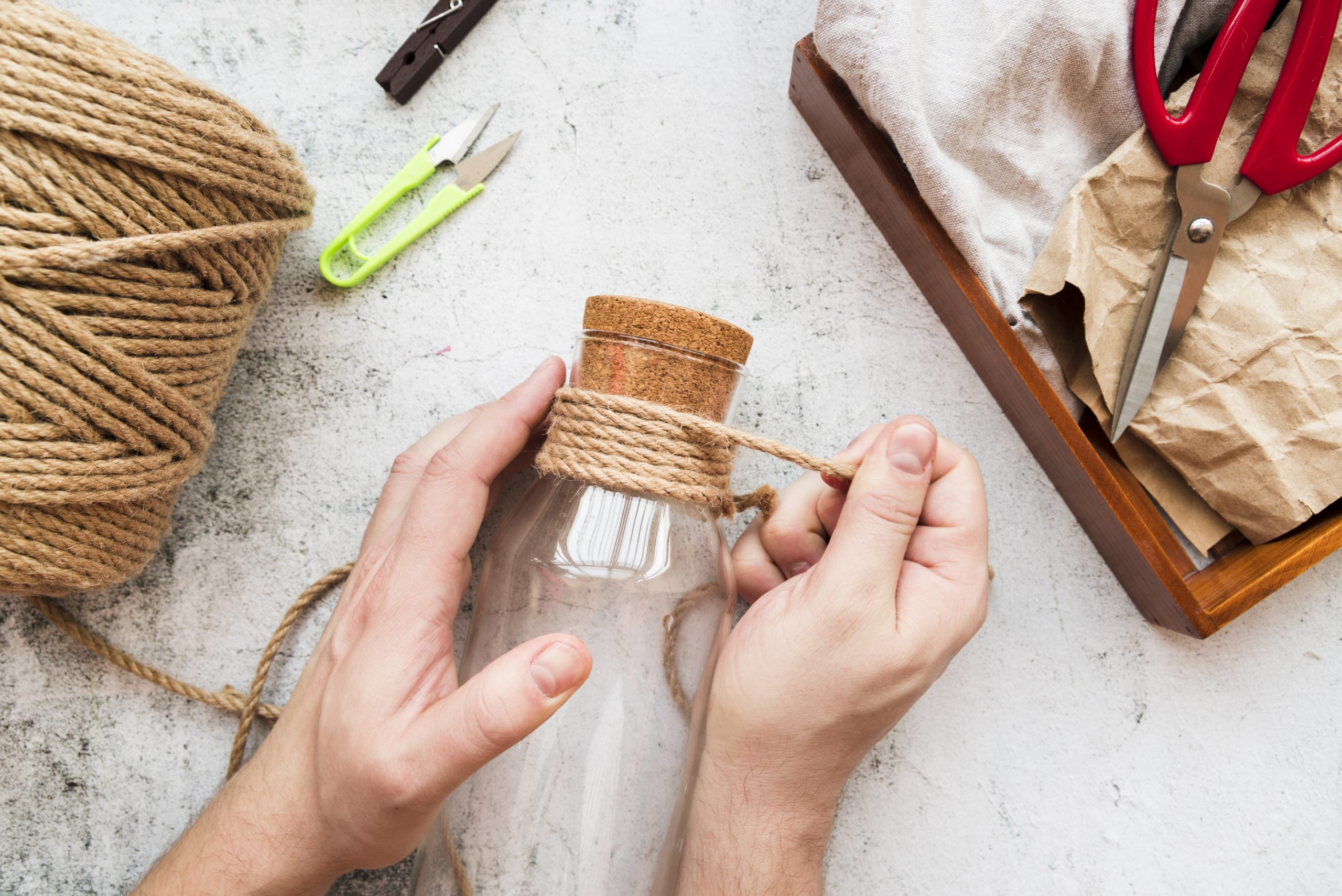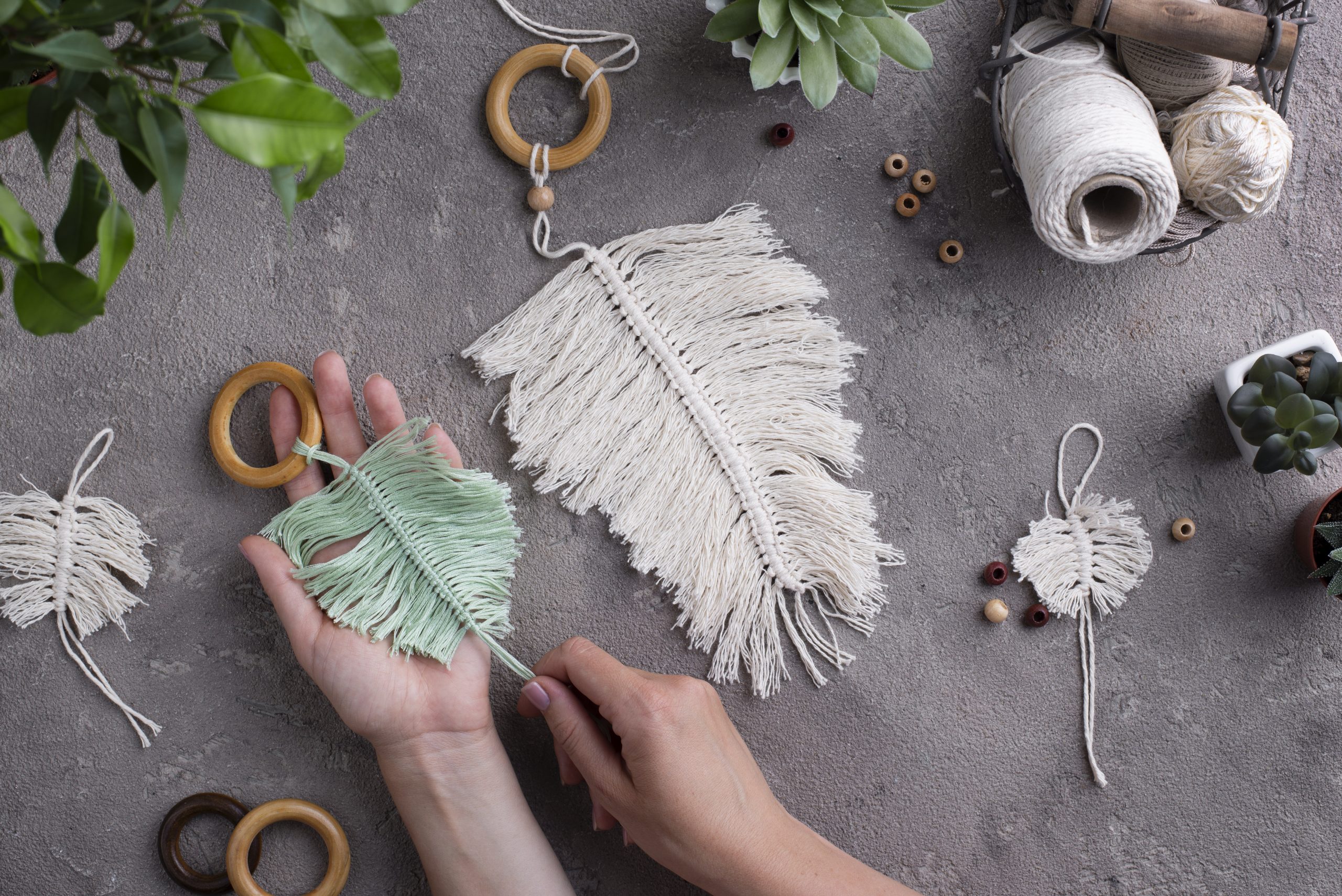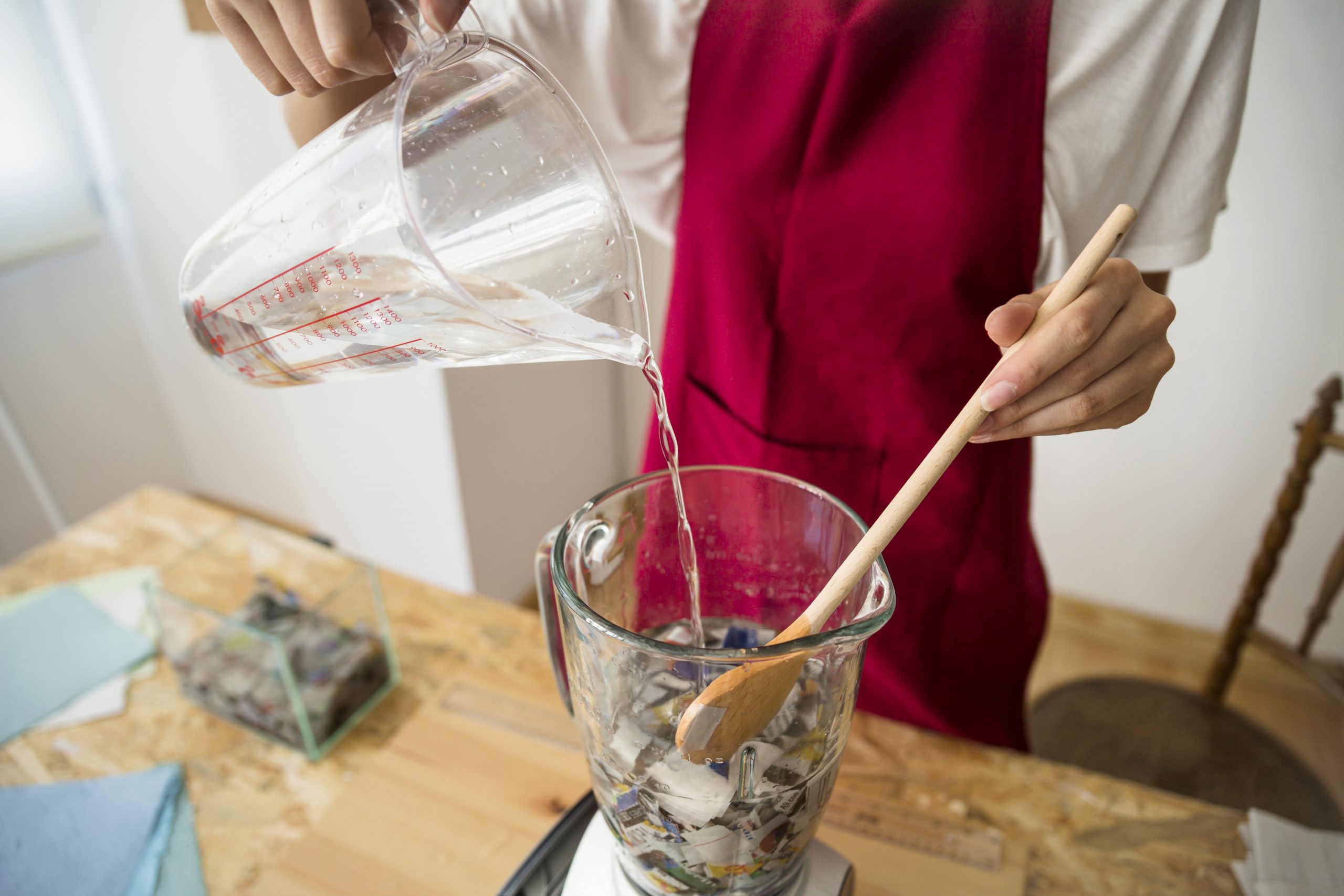Weaving is an ancient craft that allows you to create beautiful, intricate textiles by interlacing threads or yarns together. Whether you want to create your own home décor, fashion pieces, or art, weaving is a rewarding and creative skill to master. This beginner’s guide will walk you through the basic steps and materials needed to start weaving.
1. Gather Your Materials
Before you start weaving, it’s essential to gather the right materials. Here’s what you’ll need:
- Weaving Loom: A simple table loom or a frame loom is great for beginners.
- Yarn: Choose a variety of yarns in different colors and textures to create interesting patterns.
- Shuttle: A shuttle holds the weft thread and helps you weave across the warp threads.
- Warp Thread: These are the vertical threads stretched across the loom. You’ll need a strong thread, such as cotton or linen, for the warp.
- Weft Thread: The weft runs horizontally through the warp and is typically softer yarn.
2. Set Up Your Loom
Once you have your materials, it’s time to set up your loom.
- Warping the Loom: Begin by attaching the warp threads to the loom. You’ll need to stretch the threads evenly across the loom, making sure there’s enough tension.
- Prepare the Shuttle: Thread the shuttle with the yarn you’ve chosen for your weft.
3. Learn the Basic Weaving Techniques
Now that your loom is set up, you can start weaving! Here are the basic weaving techniques to get you started:
- Plain Weave: This is the most basic technique, where you alternate the weft thread over and under the warp threads.
- Twill Weave: In this technique, the weft thread passes over two or more warp threads before going under one. This creates a diagonal pattern.
- Satin Weave: Satin weaving is a smooth weave where the weft threads skip over warp threads in a controlled pattern to create a glossy, smooth surface.
4. Practice, Experiment, and Get Creative
Weaving is all about experimentation. Once you feel comfortable with the basics, start experimenting with different yarns, textures, and colors. Mix up your patterns and try creating different types of fabrics. The more you weave, the more your personal style will evolve.
5. Finishing Your Weaving
Once you’ve completed your woven piece, it’s time to finish it. Here are the key steps:
- Cutting the Threads: Carefully cut the warp and weft threads from the loom.
- Finishing the Edges: Use a needle or a special tool to tuck in the loose ends of the threads so they’re secure.
- Washing and Blocking: Gently wash your woven piece, and lay it flat to dry. This will help set the shape and texture.
Conclusion
Weaving is a wonderful way to express your creativity and make beautiful, handmade items. By following these steps and practicing your skills, you can gradually master the art of weaving. Start small, experiment with different patterns and colors, and soon you’ll be creating stunning woven pieces of your own. Happy weaving!



